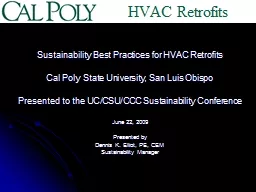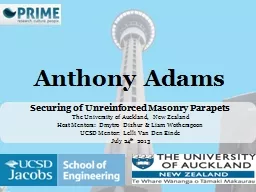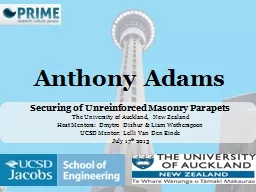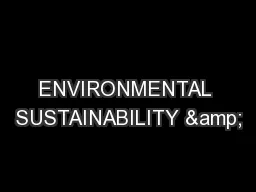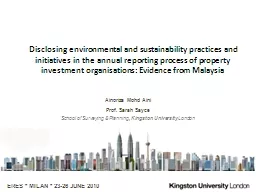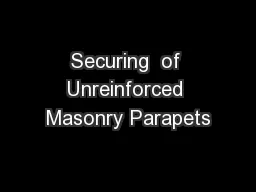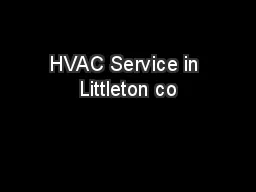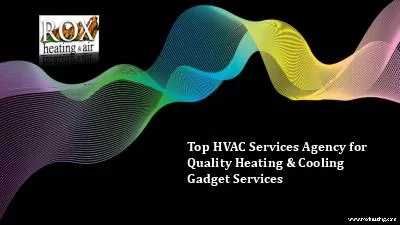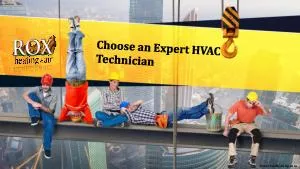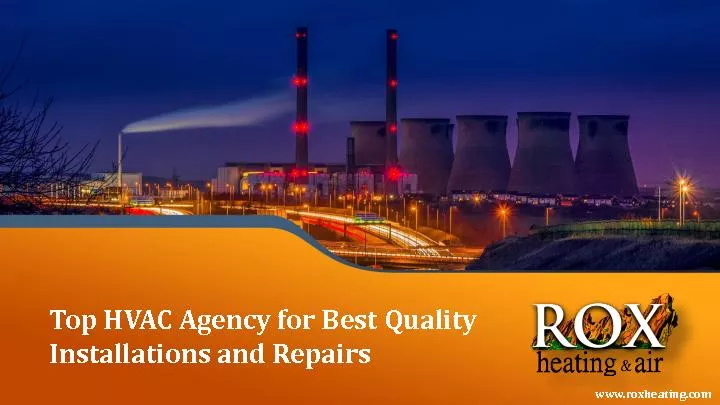PPT-Sustainability Best Practices for HVAC Retrofits
Author : mercynaybor | Published Date : 2020-06-22
Cal Poly State University San Luis Obispo Presented to the UCCSUCCC Sustainability Conference June 22 2009 Presented by Dennis K Elliot PE CEM Sustainability Manager
Presentation Embed Code
Download Presentation
Download Presentation The PPT/PDF document "Sustainability Best Practices for HVAC R..." is the property of its rightful owner. Permission is granted to download and print the materials on this website for personal, non-commercial use only, and to display it on your personal computer provided you do not modify the materials and that you retain all copyright notices contained in the materials. By downloading content from our website, you accept the terms of this agreement.
Sustainability Best Practices for HVAC Retrofits: Transcript
Download Rules Of Document
"Sustainability Best Practices for HVAC Retrofits"The content belongs to its owner. You may download and print it for personal use, without modification, and keep all copyright notices. By downloading, you agree to these terms.
Related Documents

